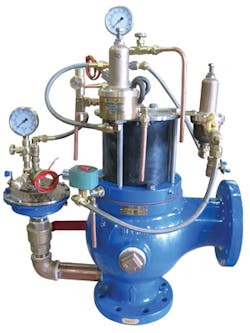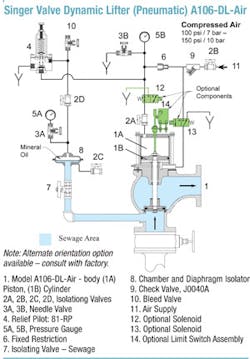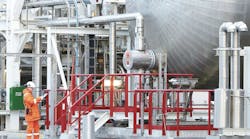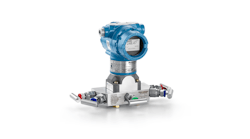The District of Central Saanich is a member Municipality of the Capital Regional District (CRD) of Greater Victoria in British Columbia, Canada, and is a rural residential community with a population of about 17,000. The district has a medium-sized, widely dispersed sewerage collection system, dating back to the early 1970s, which sends its sewage to the regional wastewater treatment plant for treatment by the CRD. There is minimal storage capacity within the municipal collection system, with multiple sewage lift stations that pump sewage from these satellite stations through forcemains into the regional trunk sewer system and, from there, to treatment.
One of these facilities pumps sewage through a 300-millimeter asbestos cement (AC) forcemain to a sewer siphon several kilometers away. When fluids travel such long distances, there is always the potential for pressure buildups from even the slightest changes in velocity.
When a sewer main ruptures under these circumstances, it can have a significant negative impact on the environment and presents headaches in repair and associated costs for the municipality, as well as being disruptive to the residents. This is exactly what was happening in Central Saanich due to aging infrastructure and surges from pumps stopping and power failures.
Reducing Pipe Stress
The district, in conjunction with the CRD and its consultants Stantec, reviewed the options for upgrading the existing facility to address the ongoing operating conditions. The recommendation was an anticipating surge-relief valve designed to reduce stress on the pipes, thus preventing bursts and adding longevity to the life of the pipe. “After looking at what was available” said Mr. Richard Edwards, a design engineer with the CRD. “Singer Valve was the only company that had a pneumatic dynamic lifter with the solenoid-operated surge anticipator that would still work during power outages.”
Central Saanich has three 75 hp pumps that each cycles between 30-50 times a day. “As the valve operates on every shutdown, it is crucial that the valve operation is precise and occurs at the right times to prevent surges, otherwise you can literally blow lines out of the ground” said Mark Gimson, the Singer Valve account sales manager for this project.
Surge-Relief Valve Solution
Singer Valve’s Pneumatic Dynamic Lifter is a responsive, compact sewage-relief valve that can handle high pressures (200 PSI or 13.8 bar or higher) and uses standard plant air supply to hold the valve closed. The chamber is fitted with a relief pilot that is also normally closed as long as the line pressure is lower than the set point. If pressure rises above the set point, the relief pilot opens, causing the air in the cylinder to vent, which in turn opens the valve. So this operates as a high-pressure relief valve.
The End Result
Rob Nelson, an electrician with the district, was part of the works crew who assisted in the actual installation. “The installation and set-up was a relatively simple process,” he said. “This unit has worked very well in this application and we’ve also had great tech support from Singer Valve.”
The Dynamic Lifter has been designed to minimize maintenance and keep costs low. The piston and closing speed controls operate separate from the sewage, in a clean non-contaminating environment. Where conventional spring-operated valves allow build-up of wastewater residue (dry pack) on the valve’s downstream and exhaust pipe to sump, the Dynamic Lifter can easily be opened through the actuator to flush out these unwanted build-ups. By using premium materials such as heat-fused heavy epoxy coating inside and out of the main valve and with 316 stainless steel seat and stem, mineral and debris build-up is kept to a minimum.
The goal of eliminating the environmental impact and associated costs related to surges on pump shutdowns and during power failures has been met by Singer’s Surge Anticipating Pneumatic Dynamic Lifter.
Brad Clarke is a vice president with Singer Valve, a global designer and manufacturer of automatic control valves. He has spent the last 35 years working in the water industry and has written and presented several papers around the world on key issues for improving the operation, conservation, and management of water systems. He has served on many industry committees, including the American Water Works Association and the International Water Association, and previously served as president of Irrigation Association of British Columbia.
www.singervalve.com




